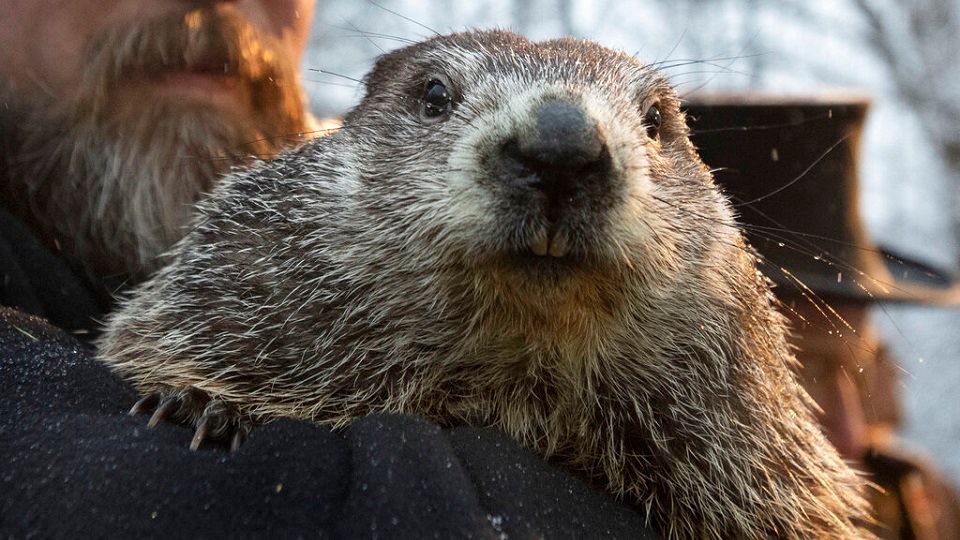RALEIGH, N.C. – Every year on February 2 we observe a holiday known as Groundhog Day. But where did this tradition come from? How does it work? And why on earth are we relying on rodents to predict the weather?
How Does it Work?
According to the tradition, if a groundhog emerges from its burrow and sees its shadow due to clear weather, it will retreat into its den and winter will persist for six more weeks. But if it does not see its shadow because of cloudiness, spring will arrive early.
Where Did It Come From?
According to the Almanac, Groundhog Day is rooted in astronomy and was originally a Celtic festival. Falling at the midpoint of the winter solstice and spring equinox in the Northern hemisphere, Groundhog Day looks at what’s to come for the second half of winter. It has also been called St. Brigid’s Day, which stems from a mixture of figures and traditions from pagan and Christian beliefs.
Originally, however, there were no groundhogs for this festival so other animals were used such as bears and badgers.
After the tradition spread around Europe and immigrants came to America, the tradition adapted to use a groundhog.
Why A Groundhog?
Obviously, this tradition is rooted more in the weather than the animal itself.
Before the days of modern meteorology, farmers relied on weather trends to make predictions. So it was said that sunshine at the beginning of February indicated a longer winter, whereas clouds indicated it would be warmer sooner and the ground would thaw.
The groundhog seems to have just been chosen out of convenience to the settlers.
